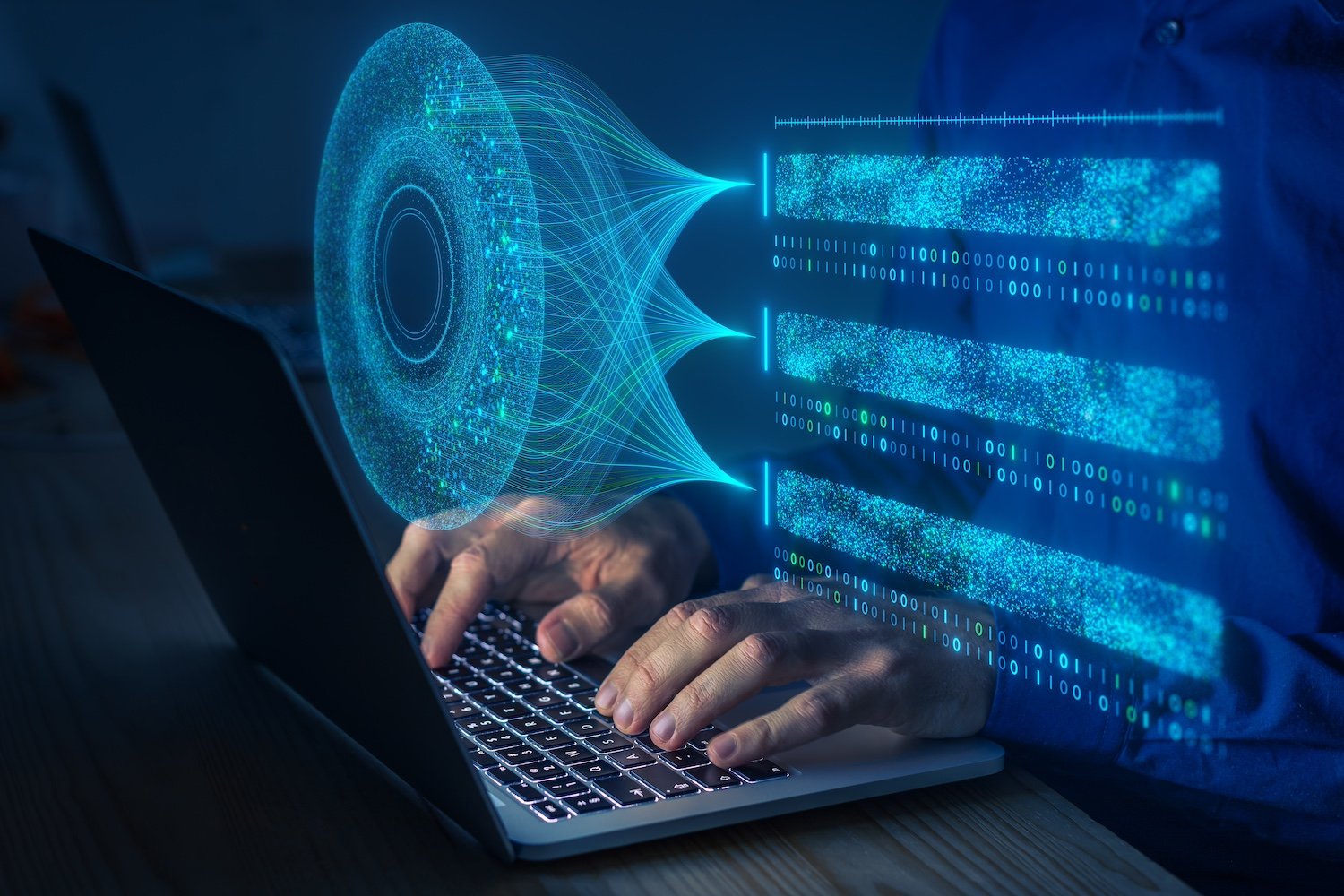Artificial intelligence models can be surprisingly stealable — supply you somehow manage to sniffle out the manikin ’s electromagnetic touch . While repeatedly emphasizing they do not , in fact , desire to help people attack neural connection , investigator at North Carolina State University depict such a proficiency in anew paper . All they needed was an electromagnetic probe , several pre - develop , open - source AI models , and a Google Edge Tensor Processing Unit ( TPU ) . Their method entails analyzing electromagnetic radiation while a TPU chip is actively run .
“ It ’s quite expensive to build and educate a neuronal web , ” say study lead author and NC State Ph.D. pupil Ashley Kurian in a call with Gizmodo . “ It ’s an intellectual property that a companionship have , and it takes a significant amount of time and compute resources . For illustration , ChatGPT — it ’s made of 1000000000000 of parameter , which is kind of the mystery . When someone steal it , ChatGPT is theirs . You have sex , they do n’t have to pay for it , and they could also sell it . ”
larceny is already a high - profile business in the AI humankind . Yet , usually it ’s the other elbow room around , as AI developers educate their models on copyright work without permit from their human creators . This overwhelming pattern issparkinglawsuitsand eventoolstohelp creative person fight backby “ poisoning ” art source .

© Shutterstock
“ The electromagnetic data point from the sensor essentially gives us a ‘ signature ’ of the AI processing behavior , ” explained Kurian in astatement , calling it “ the easy part . ” But to trace the modelling ’s hyperparameters — its architecture and define details — they had to compare the electromagnetic bailiwick data to information captured while other AI models ran on the same sort of flake .
In doing so , they “ were able-bodied to determine the architecture and specific machine characteristic — known as level item — we would involve to make a written matter of the AI mannequin , ” explained Kurian , who added that they could do so with “ 99.91 % accuracy . ” To take out this off , the researchers had forcible access to the microchip both for probing and running other models . They also worked directly with Google to help the ship’s company determine the extent to which its chips were attackable .
Kurian contemplate that capturing models operate on smartphones , for example , would also be potential — but their first-rate - compact design would inherently make it tricky to supervise the electromagnetic signals .

“ Side channel attack on sharpness devices are nothing new , ” Mehmet Sencan , a security system investigator at AI standards nonprofit Atlas Computing , told Gizmodo . But this particular proficiency “ of extracting intact poser architecture hyperparameters is significant . ” Because AI hardware “ performs illation in plaintext , ” Sencan explained , “ anyone deploy their good example on edge or in any host that is not physically secured would have to assume their architectures can be extract through extensive probing . ”
unreal intelligenceCybersecurity
Daily Newsletter
Get the good tech , scientific discipline , and culture news in your inbox daily .
News from the future , fork over to your present .
You May Also Like














